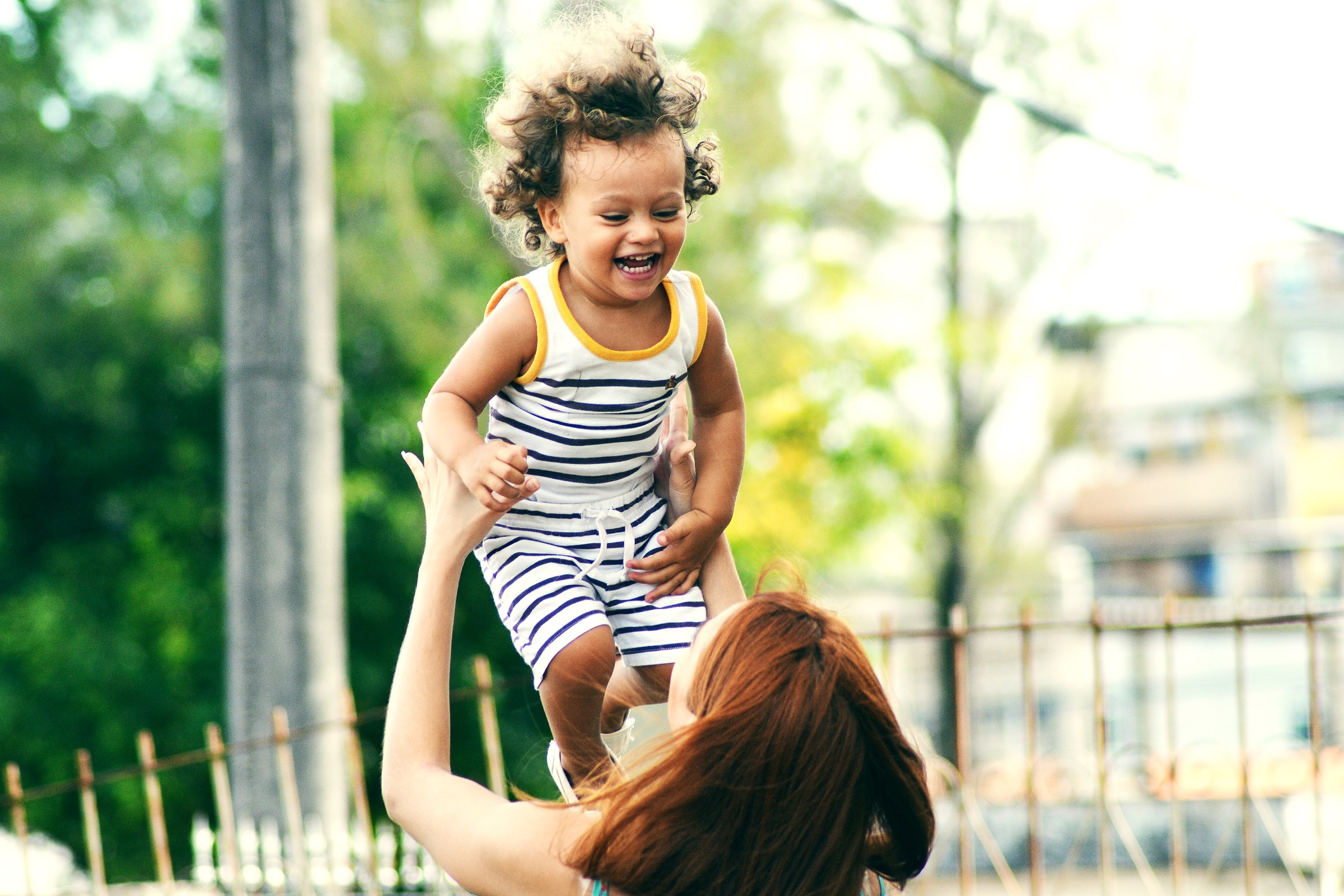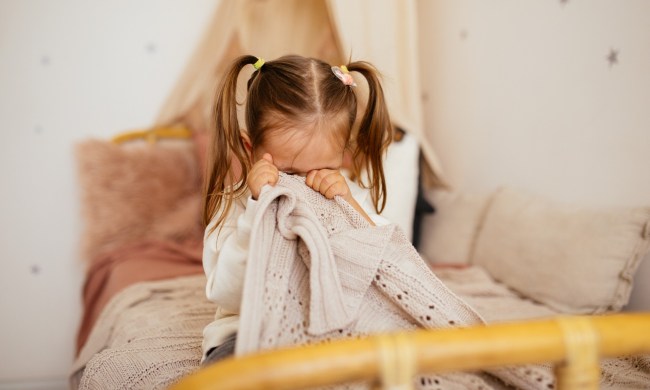It’s called “the terrible twos” for a reason. Two-year-olds are notorious for throwing tantrums, but if you feel like tearing your hair out because your child just won’t calm down and throws a fit every time they don’t get their way — rest assured that you’re not alone. It’s something that just about every parent has dealt with.
Why is my 2-year-old throwing a tantrum?
It’s frustrating when you just don’t know the exact reason why your 2-year-old cries, or throws a fit. You may assume that they’re throwing a tantrum for a simple reason: They’re not getting their way. And while this is partially true, the real reason goes a little bit deeper than this.
At the end of the day, a tantrum is your child’s way of communicating their big feelings in the moment. At 2 years old, they don’t really know the best way or most effective way of communicating quite yet. All they know is that they feel strong emotions, and they’ve realized that the best way to get rid of these strong emotions is to throw a tantrum (because that results in either them crying it out or you giving in and giving them what they want, making the negative feelings disappear).
Tantrums are your child’s way of saying they’re frustrated, angry, or sad, and just like with adults, those feelings of frustration, anger, and sadness are more likely to occur when we’re tired or hungry.
What do I do when my 2-year-old throws a tantrum?

Your immediate reaction to a tantrum may be to get mad yourself, to become frustrated at your child for causing a ruckus, and also embarrassed that they’re possibly doing so out in a public space. But getting angry and anxious in response to your child’s own anger and anxiousness will only make the situation worse.
The first thing you can do when a tantrum occurs is to just remain calm. Realize why your child is behaving the way they are and understand that they’re just trying to communicate in the only way they know how — and also recognize that they’re trying to communicate with you, which is important. You’re their caregiver, the most important person in their life, the person who makes them feel safest.
So, when they need that feeling of safety and comfort most of all because they’re having an emotional breakdown, seeing the most important person in their life, their rock, become angry, upset, agitated, and anxious, is a really bad thing. It makes the tantrum worse because the emotions become intensified.
The short of it — remain calm, so that your child returns to a calm state as quickly as possible.
Communication is key
Then, you need to show your child that their communication method, as flawed as it may be, has let you know what’s up. You recognize their hurt and their emotional state, even if you don’t approve of their communication method.
You can do this with some simple verbal communication: “I know that you want that toy now, but you have to wait your turn. Then, you can have your toy. I know you don’t want to wait, but you’ll have your toy soon.”
This kind of verbal communication is not so dissimilar from what our adult brains work out on their own when we’re faced with our own frustrating circumstances, i.e., “I want my raise and promotion now, so I can put a down payment on that new house, but the company is putting a hold on raises this year. I can either wait another year or try to find a job that pays more with another company. It’s not what I want, but this is the reality. I can still get what I want, just not exactly how I’d planned.”
Once you’ve established a routine of acknowledging your child’s feelings with your own words, you can begin encouraging them to use their growing vocabulary to express their emotions in later instances. Just don’t expect them to get the hang of it right away — they’re only 2, after all.
Other things you can do when your child is in the middle of a tantrum include:
- Always being consistent in how you respond (kids like consistency and routines)
- Showing your child their new choices now that they’re in a situation they don’t like (other toys to play with, other snacks to have, etc.)
- Giving them praise when they do calm down and use their words
Looking ahead, you can also avoid situations where you know tantrums are likely to occur, such as putting them in a stressful situation when they’re tired or hungry (just like you probably wouldn’t want to have an important and stressful conversation with your spouse on an empty stomach after a long day of work — it’s just a recipe for disaster).
What should I not do when my 2-year-old throws a tantrum?

There are a few things you should just avoid completely while your toddler is having a tantrum:
- Don’t get angry or stressed.
- Don’t belittle their emotions — after all, something as simple as a broken cookie seems really monumental when you’re 2.
- Don’t tell your child to “get over it” or “stop crying like a sissy.”
- Don’t lie to get your child to quiet down (“You can’t have a cookie because the cookie fairy came in the night and ate them all.”).
What if it doesn’t work?
Some tantrums are too much for the above strategies. Some children become violent or destructive. In these cases, it may be wise to seek professional help.
Most children are out of their tantrum stage when they get to 3 or 4 years old, as they’ve learned better communication methods by that time. But if your child still can’t communicate their emotions by then, even in the simplest terms, and their tantrums have turned harmful to both themselves and others, the tantrums and lack of communication may be abnormal.


